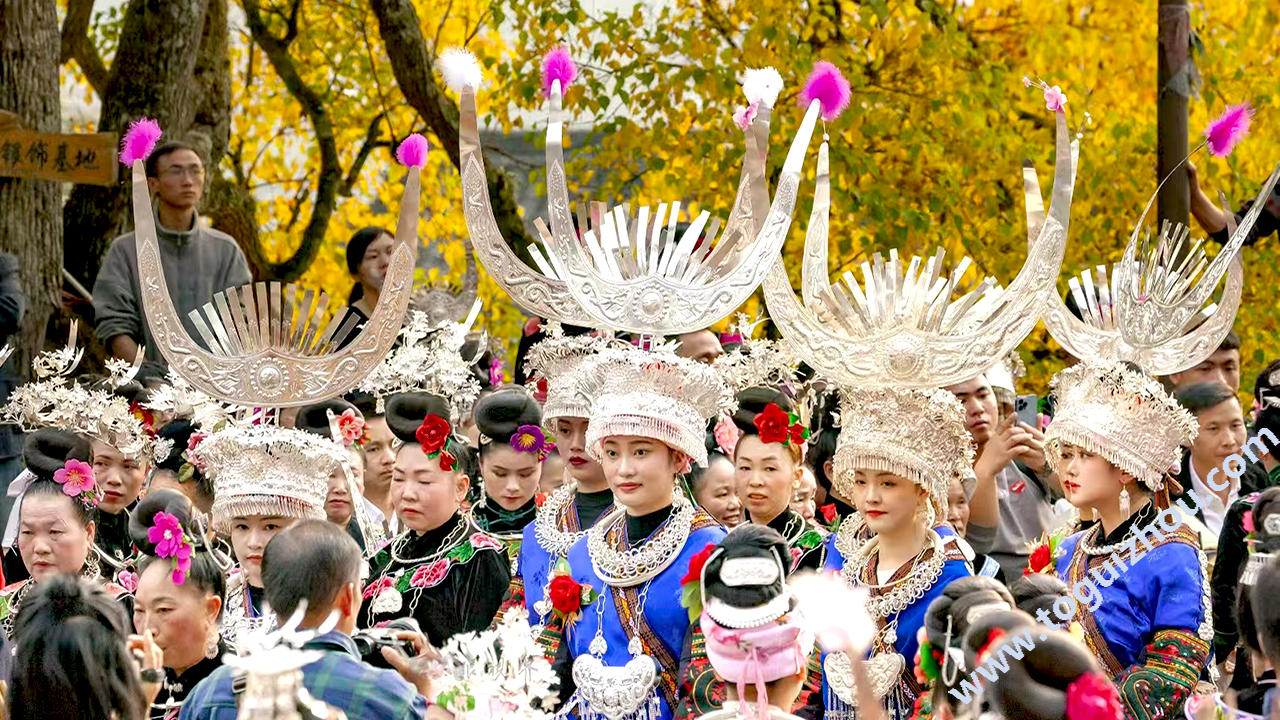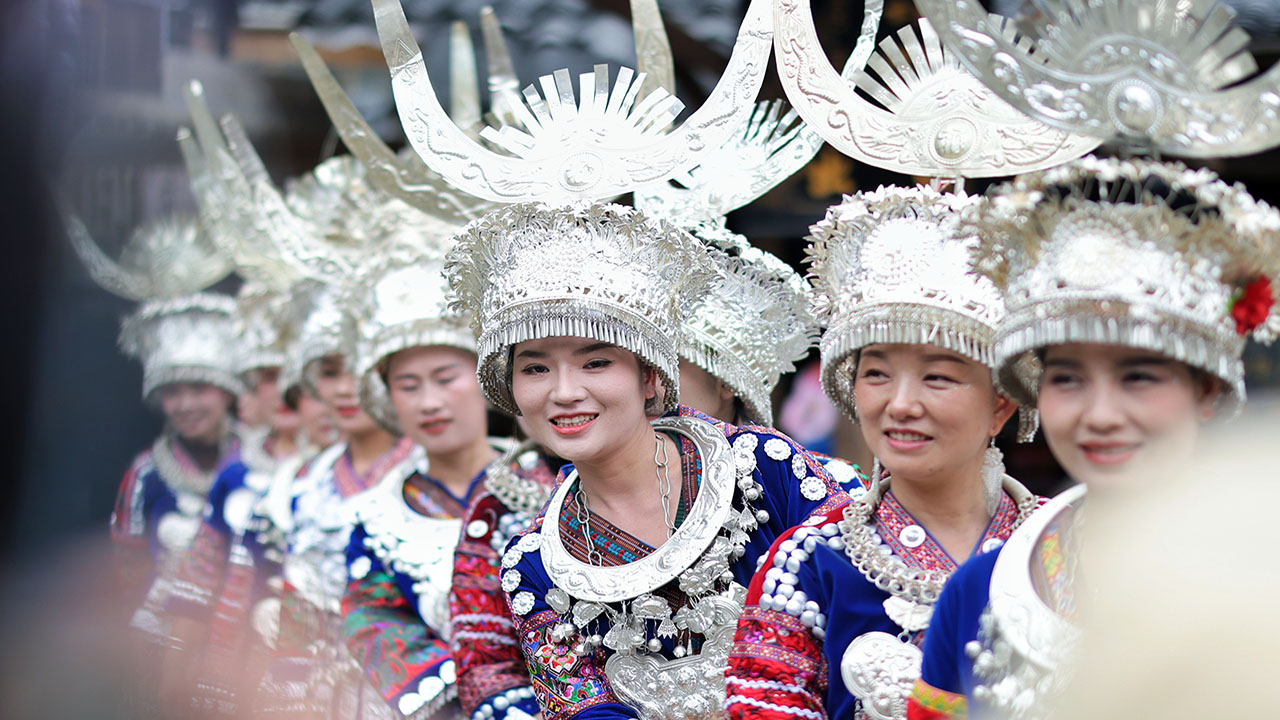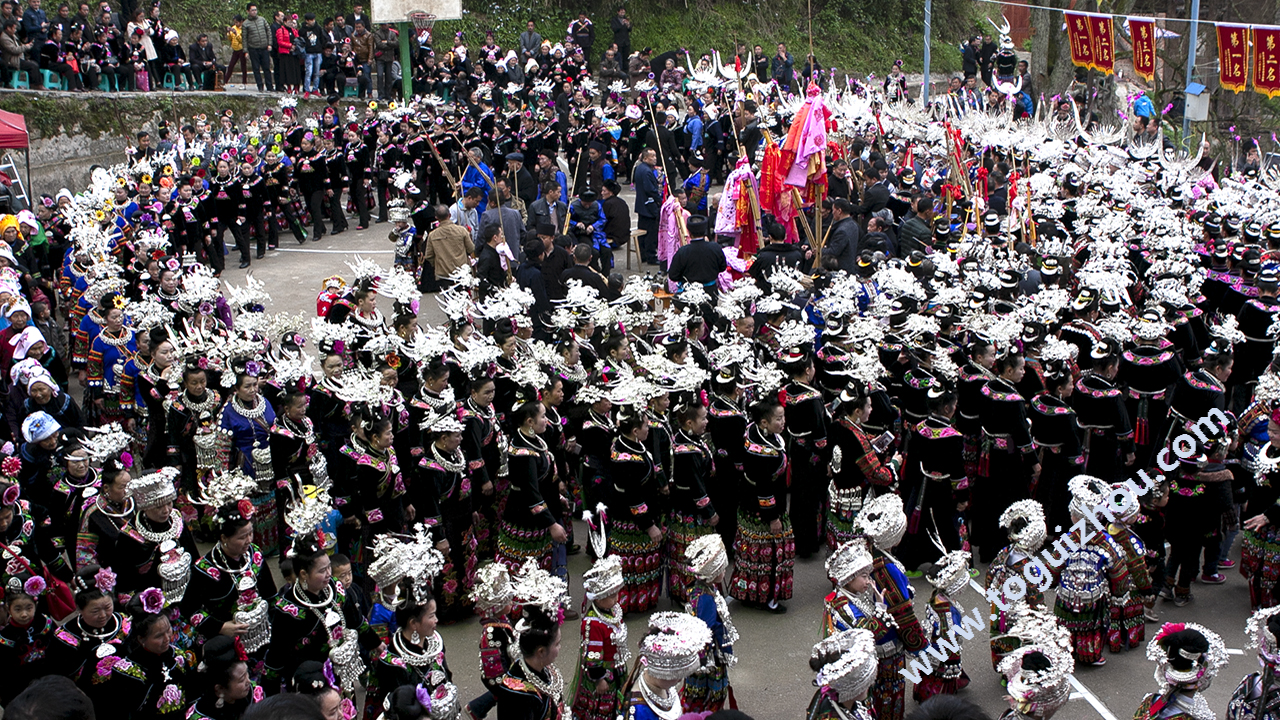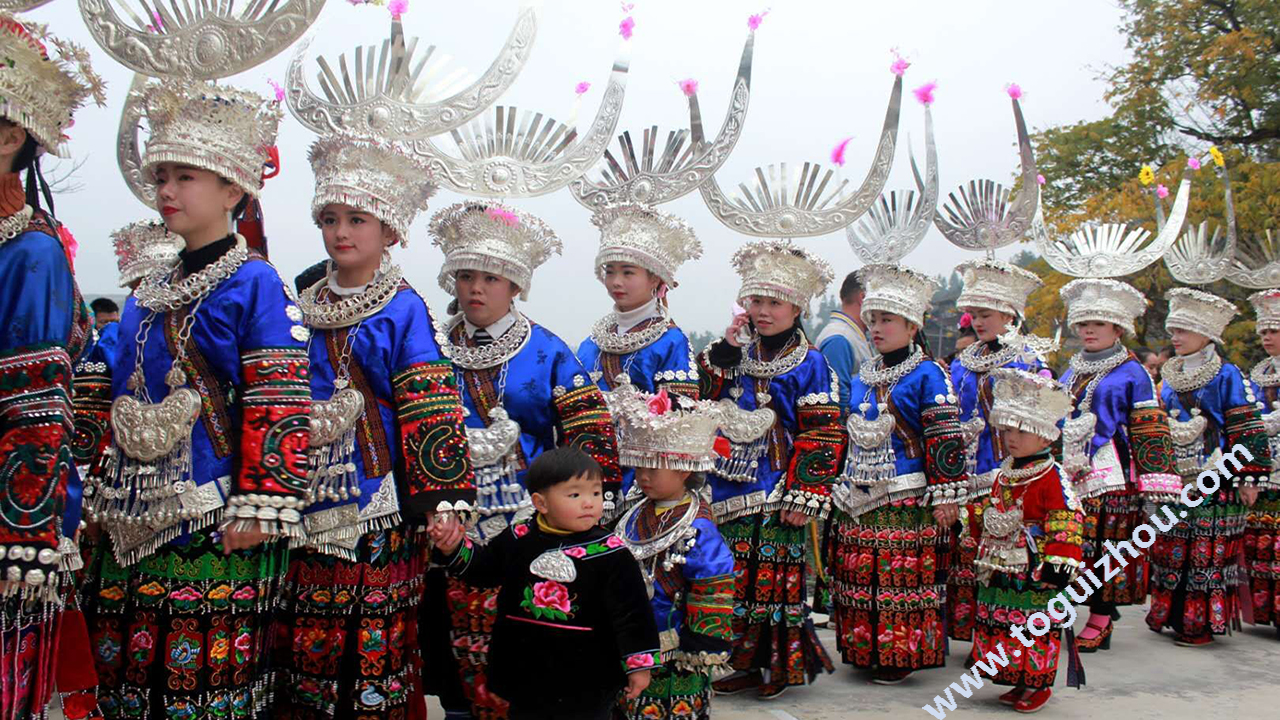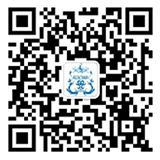The Miao New Year in Leishan, Guizhou, is a time - honored and exuberant celebration that encapsulates the rich heritage, traditions, and vibrant spirit of the Miao ethnic group. Leishan, known as the "Hometown of Miao People", becomes a hub of cultural activities during this festive period.
1. Cultural Significance and Origin
The Miao New Year holds deep - seated cultural and religious significance for the Miao people. It is a time to bid farewell to the old year and welcome the new, expressing gratitude for the past year's harvests and seeking blessings for the upcoming one. Rooted in ancient agricultural and animist beliefs, the festival is also a way to honor ancestors and communicate with the spiritual world. According to Miao legends, the New Year celebrations were established to mark the end of a year's hard work in the fields and to celebrate the cycle of life. It is a time when the boundaries between the living and the ancestors seem to blur, and the community comes together to strengthen its cultural identity.
2. Time and Duration
The Miao New Year Festival doesn't follow the Gregorian or the traditional Chinese lunar calendar exactly. It usually falls between the ninth and eleventh lunar months, which roughly corresponds to late October to mid - December in the Gregorian calendar. The celebrations can last for up to 13 days, with each day filled with different activities and rituals.
3. Preparatory Rituals
In the days leading up to the New Year, families engage in thorough house - cleaning to sweep away bad luck from the old year. Women are busy preparing traditional Miao cuisine, such as glutinous rice cakes, cured meats, and pickled vegetables. Special attention is given to brewing homemade rice wine, which is an essential part of the New Year feasts and social interactions. Men, on the other hand, take care of livestock and ensure that the farming tools are in order, symbolizing the importance of agriculture in Miao life.
4. Festival Activities
New Year's Eve Ceremony: On the eve of the Miao New Year, families gather for a solemn ceremony. They set up an altar to offer sacrifices to their ancestors, placing offerings of food, wine, and incense. This is a time for family members to pay their respects, express their gratitude, and ask for the ancestors' protection and blessings in the new year.
Lusheng and Dancing: One of the most vibrant aspects of the Miao New Year is the Lusheng - playing and dancing. Young men, dressed in traditional Miao clothing with intricate embroidery and bold patterns, play the Lusheng, a multi - pipe wind instrument. The lively and rhythmic melodies fill the air, attracting young women in their colorful, silver - adorned dresses. They dance gracefully, their movements synchronized to the music. The dance steps are a combination of traditional patterns that tell stories of the Miao people's history, daily life, and their connection with nature.
Traditional Competitions: A variety of traditional competitions take place during the festival. Bull - fighting is a highly anticipated event. Strong and well - trained bulls are led into the arena, and the villagers cheer passionately for their favorite bulls. Horse - racing is another exciting competition that showcases the speed and agility of the horses, as well as the riding skills of the Miao men. There are also archery competitions, which test the participants' marksmanship and precision.
Costume Parades: Colorful costume parades are a visual treat. People of all ages don their most elaborate traditional Miao costumes. These costumes are not only a display of beauty but also a symbol of the Miao people's cultural identity. The women's dresses are often decorated with delicate embroidery, representing scenes from nature, legends, and the Miao's way of life. The men's outfits are equally impressive, with unique patterns and accessories.
Social Gatherings and Feasts: The Miao New Year is a time for socializing. Neighbors, relatives, and friends visit each other's homes, sharing food, stories, and laughter. Elaborate feasts are prepared, featuring a wide variety of traditional dishes. The rice wine flows freely, and everyone enjoys the warm and friendly atmosphere. This is also a time for young people to meet, court, and build relationships, adding a touch of romance to the festival.
5. Significance to the Community
The Miao New Year in Leishan is far more than just a celebration; it is a cornerstone of the Miao community. It serves as a powerful reminder of their cultural roots and heritage, strengthening the bonds between generations. The festival promotes unity and harmony within the community, as people from different villages come together to participate in the celebrations. It also attracts tourists from all over the world, providing an opportunity for cultural exchange and promoting the unique Miao culture on a global stage. Through the Miao New Year, the Miao people in Leishan keep their traditions alive and continue to pass on their rich cultural legacy to future generations.

